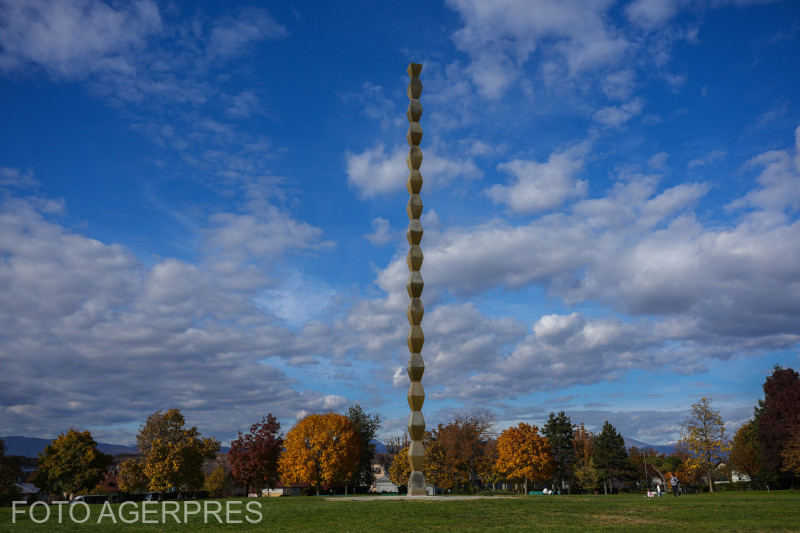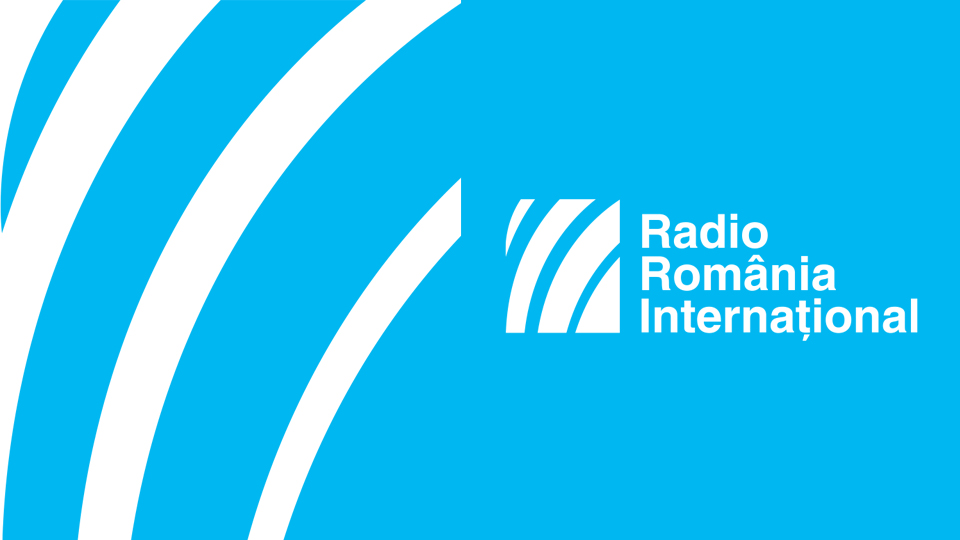Communism versus Communism: The Romanian – Yugoslavian Conflict
In March 1948, a Resolution by the Cominform (the Communist Information Bureau) condemned Yugoslavia and its leader Tito as traitors of the communist cause and agents of the capitalist regime. As the conflict burst out between the USSR and Yugoslavia, the
Steliu Lambru, 03.06.2013, 15:39
In reality, however, the Romanian-Yugoslavian conflict was a false one, invented by two parties, two regimes and two leaders that were not fundamentally different from each other. Each party was as dogmatic in its ideology, and as loyal to the repressive system as the other.
In 1998, the Oral History Centre of the Romanian Broadcasting Corporation interviewed Ion Suta, head of the Operations Section of the Romanian Army, one of the officers in charge with setting up the fortification system on the Romanian-Yugoslavian border. He said all decisions in this respect were taken in Moscow and implemented by the Romanian communists, under the close monitoring of Soviet advisers:
Ion Suta: “Moscow decided that a war with Yugoslavia was imminent. Since Romania had a geographical border with Yugoslavia, it was implicitly assigned a key role. Another important thing was that the general military outlook was a defensive one. There was no question of an offensive move to have Tito ousted by the Romanian or Soviet troops. It was within this framework that I had to start drawing up plans to defend Romania’s western border.”
The deepening tensions in the region were bound to distress both parties. WW2 had just ended, and people saw war as the most immediate solution to settle divergences. Defending borders was the first step.
Here is Ion Suta again: “Together with General Vasiliu and a group of officers from my Operations Section and from Army Corps 38 in Timisoara, we conducted recon missions on the border, to draw up a national defence plan. Taking part in these missions was also a Soviet military adviser to the Region Commander, General Zaharenko. Sometimes there were other Soviet officers as well, I don’t remember their ranks. At the Region General Staff Headquarters we had another adviser, a general named Prohov, at Military Region 3, Cluj. It was during these recon missions that we noticed the tight measures introduced on the Yugoslavian border in 1950. On a long stretch of the border, wire fences had been put up, to prevent illegal border crossing. And in addition to the strict border control, there was a very tight security regime as well. Security and mounted police units were put together, and they would patrol an area of around 30-40 km along the border.”
The shadows of war were now lurking down a border that had once been a peaceful crossing place between two friendly democratic countries. Romania was not the only country that had to strengthen its border with Yugoslavia. So did Yugoslavia’s all other communist neighbours.
Ion Suta: “On the basis of the national defence plan for the Yugoslavian border, we drew up the fortification plan. According to this plan, we mounted several types of fortifications, from heavy to light. Ditches were dug, which served both for communication between these defence structures, and as trenches per se. Machine guns, anti-tank guns and mortars had to fit inside these trenches. There were also advanced artillery posts, which were not part of the fortification system, but were part of the defence system. There was an uninterrupted fortification line from Curtici, north of Mures, to Orsova, and went on to connect to the fortifications the Bulgarians were supposed to build on the Timoc Valley and southwards, to Greece.”
Reinforced concrete casemates were also built, with construction works taking place mostly during the night so that the enemy might not see them. Border incidents were also reported, with cross fires between the troops on either side of the Danube. But they did not go beyond the level of mere demonstrations of power, because neither side was interested in their escalation. Romanian-Yugoslavian relations improved almost instantly after Stalin died in 1953, making the fortifications on the border utterly useless.






























